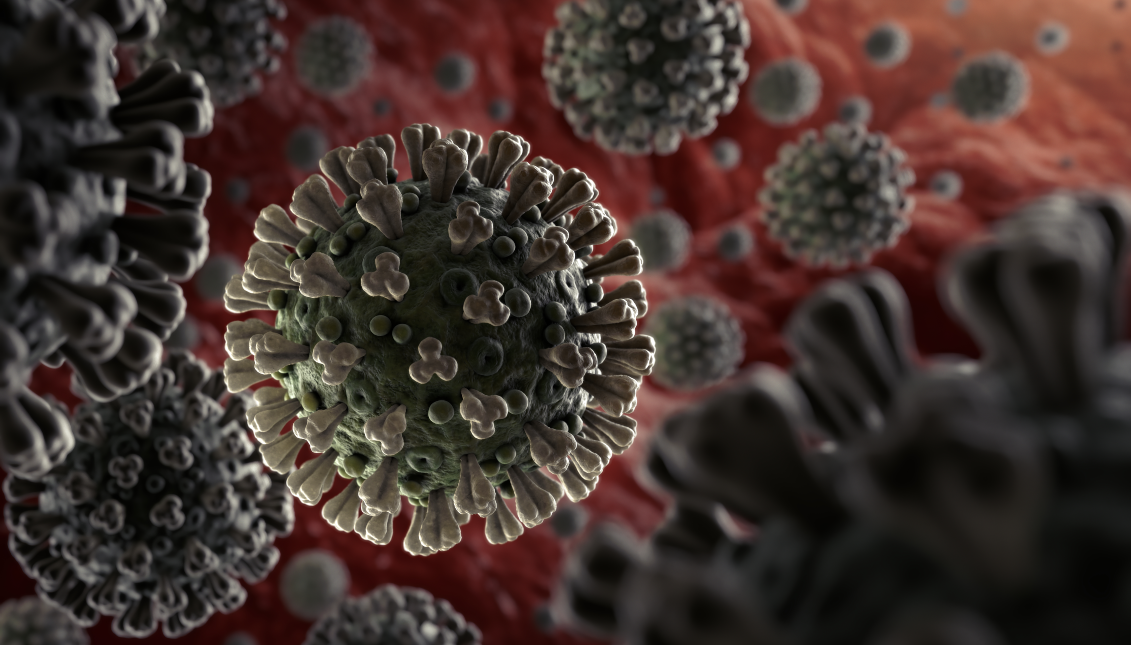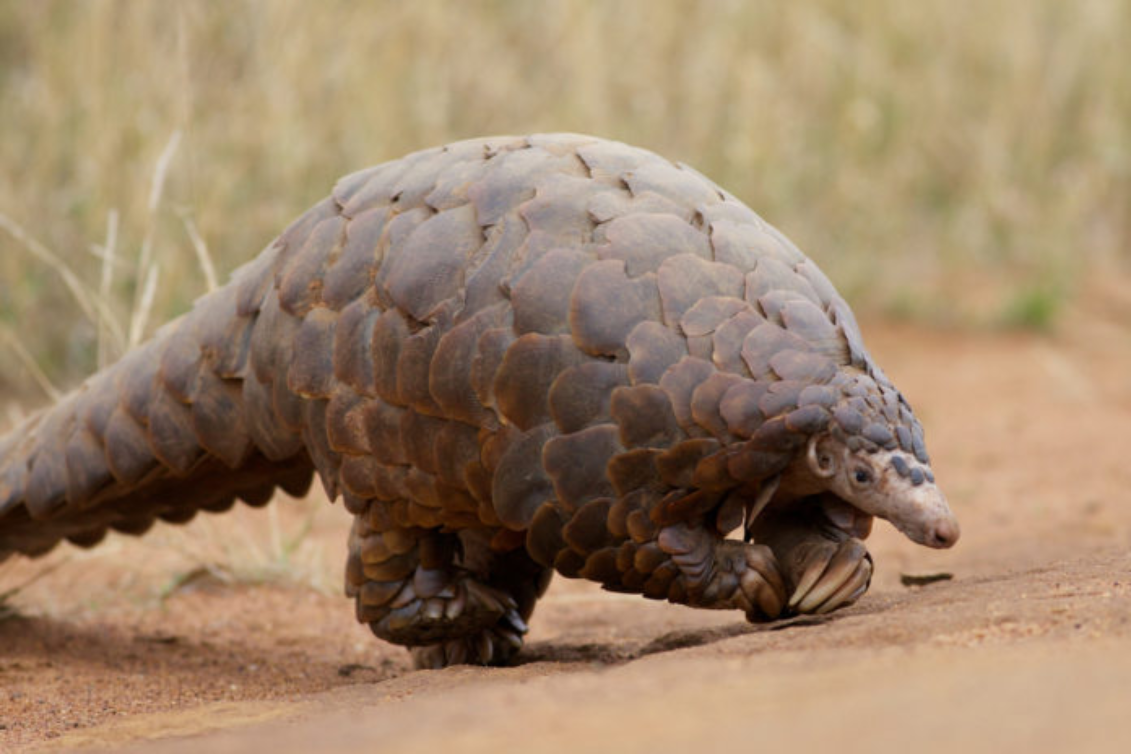
Coronavirus: origin, growth and development of the epidemic
With nearly 47,000 confirmed cases of the coronavirus infection, and nearly 6,300 people recovered from the disease, here are the latest developments in the…
In the last two weeks, there have been several interesting developments in the news about the coronavirus: the new name assigned to the virus, now called COVID-19; the death of the first person to alert about the epidemic, Dr. Li Wenliang, who was censored by the Chinese government; the discovery of the animal where it originated; a new method used in China to diagnose infected people; and the discovery of the efforts that the Chinese government has been making to control the narrative about the crisis.
On Feb. 11, the World Health Organization defined the official name for this coronavirus epidemic: COVID-19. The name seeks to be clear about its class and time of origin (late 2019), easy to pronounce in multiple languages and to avoid stigmatization of the Chinese population. The full acronym stands for "Coronavirus Disease 2019".

Dr. Li Wenliang, an ophthalmologist in Wuhan, was the first to warn of a SARS-like virus, as several patients with symptoms had arrived at the hospital where he worked. His first alert was through WeChat, a commentary to close colleagues, advising them to take precautions.
A few hours later, Dr. Li was apprehended by the police and questioned, allegedly for spreading fear-mongering rumors. A few days later, he fell ill from the same epidemic he had warned about so early on, when it could have been contained much more easily.
Dr. Li was infected by a glaucoma patient, who showed no symptoms of COVID-19 at the time of treatment. From his hospital bed, Dr. Li attended a CNN interview in which the sounds of the assistance machines and his difficulty in breathing could be heard, and in which he recounted how the police made him retract the alarm he had given and the fear he had for his well-being and that of his family.
The news of his death sparked a wave of outrage across the country, manifesting in public expressions against the government, which are very unusual in China. For hours, publications with the doctor's name proliferated on the web, demanding that the government apologize and calling for freedom of expression, all of which were then effectively censored.
Dr. Li's public release of the story also revealed, first, that the government's reaction to the COVID-19 outbreak was not as appropriate as it should have been, contrary to the widespread praise they received from the WHO.
On the contrary, it became evident that the government initially took time to hide the epidemic and then sought to control the narrative in national media coverage.
Both government and commercial media have been instructed to focus on positive news about controlling the virus and curing patients.
The frustration and anger of citizens has been so great that it has not only managed to permeate international media, but has even managed to escape official censorship.
In an effort to counteract the bad image, China's Central Propaganda Department decided to send 300 journalists to the epicenter of the disease, Wuhan, according to the New York Times.

With the growth in reported cases and the shortage of kits needed to make laboratory diagnoses, Chinese doctors began to use a new method: taking a scan of the lungs for signs of pneumonia: whoever had pneumonia was reported as infected.
RELATED CONTENT
This resulted in 14,840 new cases of infection being reported overnight, of which only 1,508 were diagnosed in the laboratory.
Given this difference in diagnosis, which although it may be faster, is more imprecise, WHO decided to limit its counts only to those that have been diagnosed in the laboratory, not clinically. This has led to a major disparity in reported infection figures: while for the WHO there are 46,997 cases, for its Feb. 13 report, according to the John Hopkins University mapping, there are 64,460.
On the other hand, while the WHO report does not include the number of people who have recovered from the condition, John Hopkins does. According to the research center, of the 64,460 cases they have registered, 7,171 have been cured, compared to 1,384 deaths.
Despite the enormous confusion about the true proportions of the epidemic, given the new method of diagnosis, the coordinated international efforts being made to investigate COVID-19 have been of enormous importance. To facilitate this, among other mechanisms, WHO has set up a database open to the public, where all research centers working on the issue have published their findings.

Among the most relevant findings is the high degree of probability that the original host of COVID-19 was the pangolin.
According to Nature, analysis of the genetic sequencing of COVID-19 (at that time still called 2019-nCoV) shows a 99% similarity to that found in pangolins. This, however, is an early conclusion that requires further analysis to be verified and formally published.
Pangolins are protected animals, so their consumption is illegal. However, it is possible that it would have been sold in the Wuhan market even outside the law.











LEAVE A COMMENT: